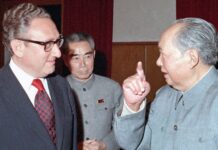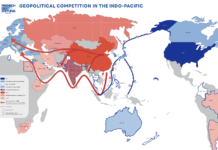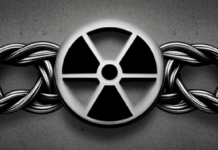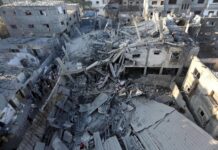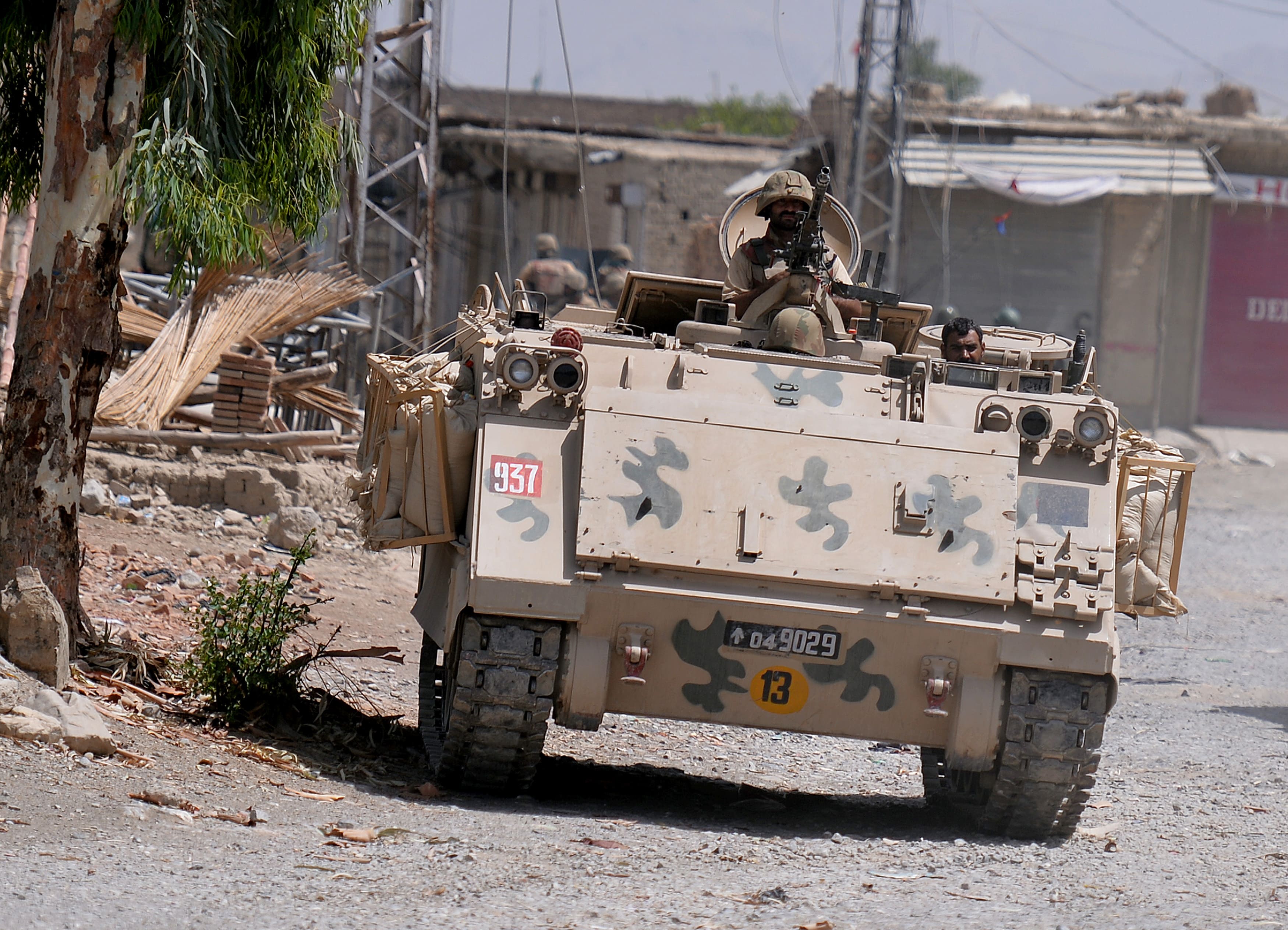Shahzad Akhtar
The insurgency by the Tehreek-e-Taliban Pakistan (TTP) in the Federally Administered Tribal Areas (FATA) of Pakistan was crushingly defeated by the Pakistani military. The TTP’s stronghold in Bajaur and South Waziristan agencies of FATA was significantly broken during the 2009-2011 military operations. That made many insurgents to flee to North Waziristan where the military finally launched Operation Zarb-e-Azb in June 2014. Operation Zarb-e-Azb inflicted a decisive blow to TTP’s infrastructure and strength in erstwhile FATA. The collapse of TTP’s insurgency poses a perplexing question: what has caused TTP’s decline or what has changed in Pakistani government’s approach that finally brought an end to the once-powerful insurgent organization. Arguably, in addition to the use of force, a better coordinated and more effective counterinsurgency campaign brought down the Taliban insurgency. It is instructive to analyse the insurgency itself before examining the effectiveness of Pakistan’s counterterrorism operations.
The origin of the Taliban insurgency in FATA is traced back to the US invasion of Afghanistan in the wake of the 9/11 terrorist attacks. The US attack on Afghanistan resulted in the overthrow of the Taliban regime which led many Al Qaeda militants and Afghan Taliban to seek refuge in Pakistan’s tribal areas (FATA) primarily due to geographical proximity and a porous Af-Pak border. The locals in FATA provided support and shelter to the fleeing foreign militants largely out of ethnic and Islamic bonds. Financial incentives were also doled out especially by Al Qaeda militants who distributed money among locals in return for their support.
US pressured the Pakistani government in 2002-2003 to take action against foreign militants who engaged in attacking American-led international forces across the border in Afghanistan. Pakistan initially resisted American pressure to undertake military operation given the semi-autonomous status of the FATA region and the fierce independence of its inhabitants. The Pakistani government largely controlled the area through a patronage network that was in place since the British times. Local tribal leaders also known as Maliks were given a share in power by the government in administering the tribal areas. The tribal elders also received allowances and subsidies in return for their loyalty to the Pakistani state.
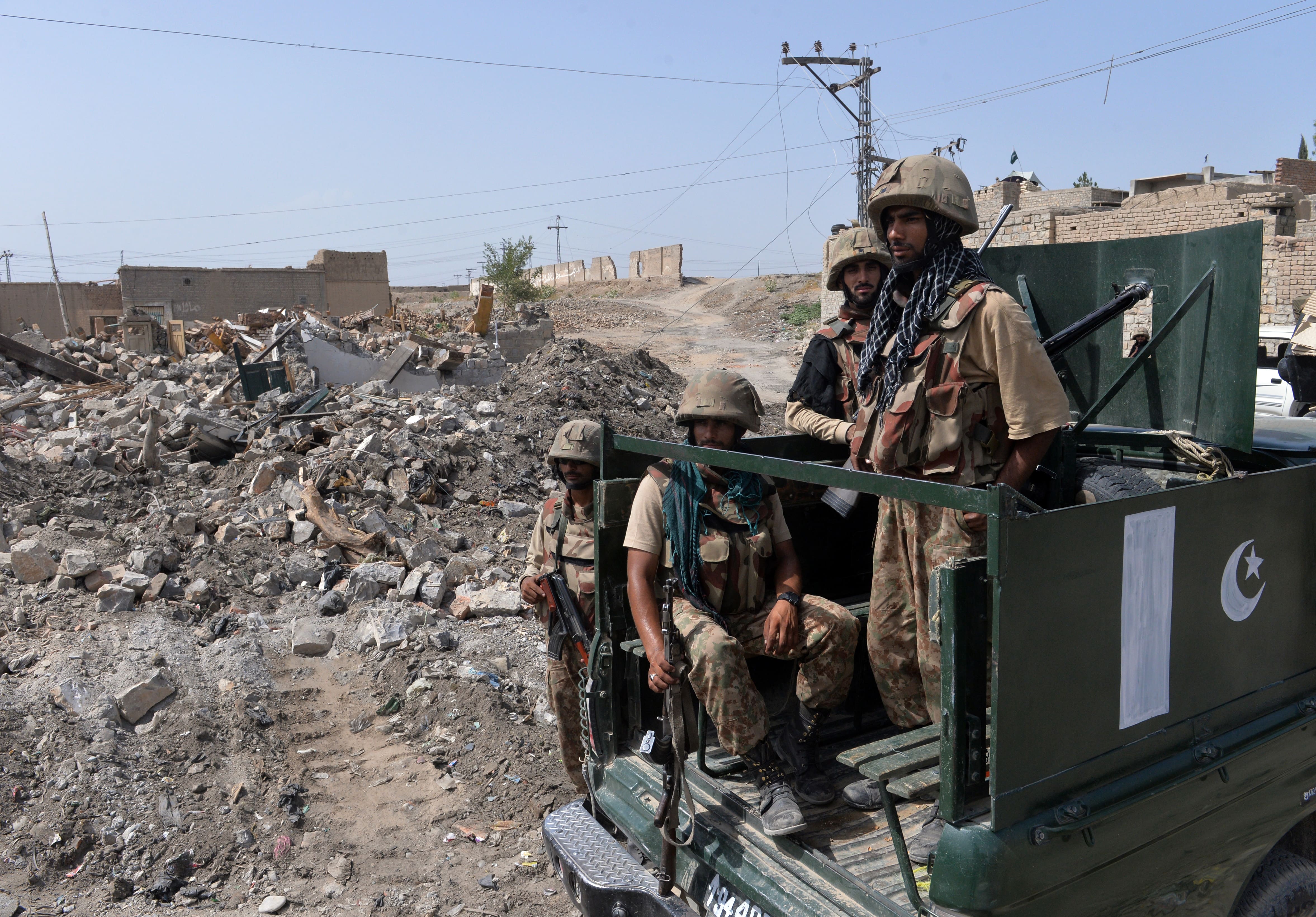
The situation changed drastically in 2004 when the Musharraf government finally succumbed to American pressure and decided to use military force against the tribesmen in FATA. Apart from diplomatic pressure, US offered economic and military assistance to Pakistan along with designating the country as a major non-NATO ally to persuade the government to adopt an aggressive military approach. As a result, Pakistan launched military operations in 2004 in FATA against local tribal groups who provided support to Al Qaeda militants. The military’s use of force against the locals not only compromised the semi-autonomous status of FATA but it also badly disrupted the patronage network that played a key role in keeping the tribes in control. The disruption of the long-held status quo marked the onset of insurgency in FATA. The local tribal groups started attacking Pakistani security forces on regular basis.
In December 2007, the local groups hitherto operating independently, unified to form TTP under the leadership of Baitullah Mehsud and started attacking the security forces in a more systematic manner. The amalgamation of different groups in a coherent organization like TTP infused new strength and vigor, enabling the insurgents to get control of certain agencies in FATA especially Bajaur, South Waziristan and North Waziristan where they introduced a governance system by providing justice to people and collecting taxes from them. The formation of TTP and its increasing influence was mainly caused by Pakistan’s ineffective and flawed counterinsurgency campaign at the time. The indiscriminate use of force and signing of peace agreements with the Taliban forces without defeating them significantly contributed to the growing power of the TTP. In addition, Pakistan’s military lacked counterinsurgency training because it was primarily trained to fight a conventional war with India. Resultantly, Pakistan’s military initially suffered significant losses while fighting the Taliban forces.
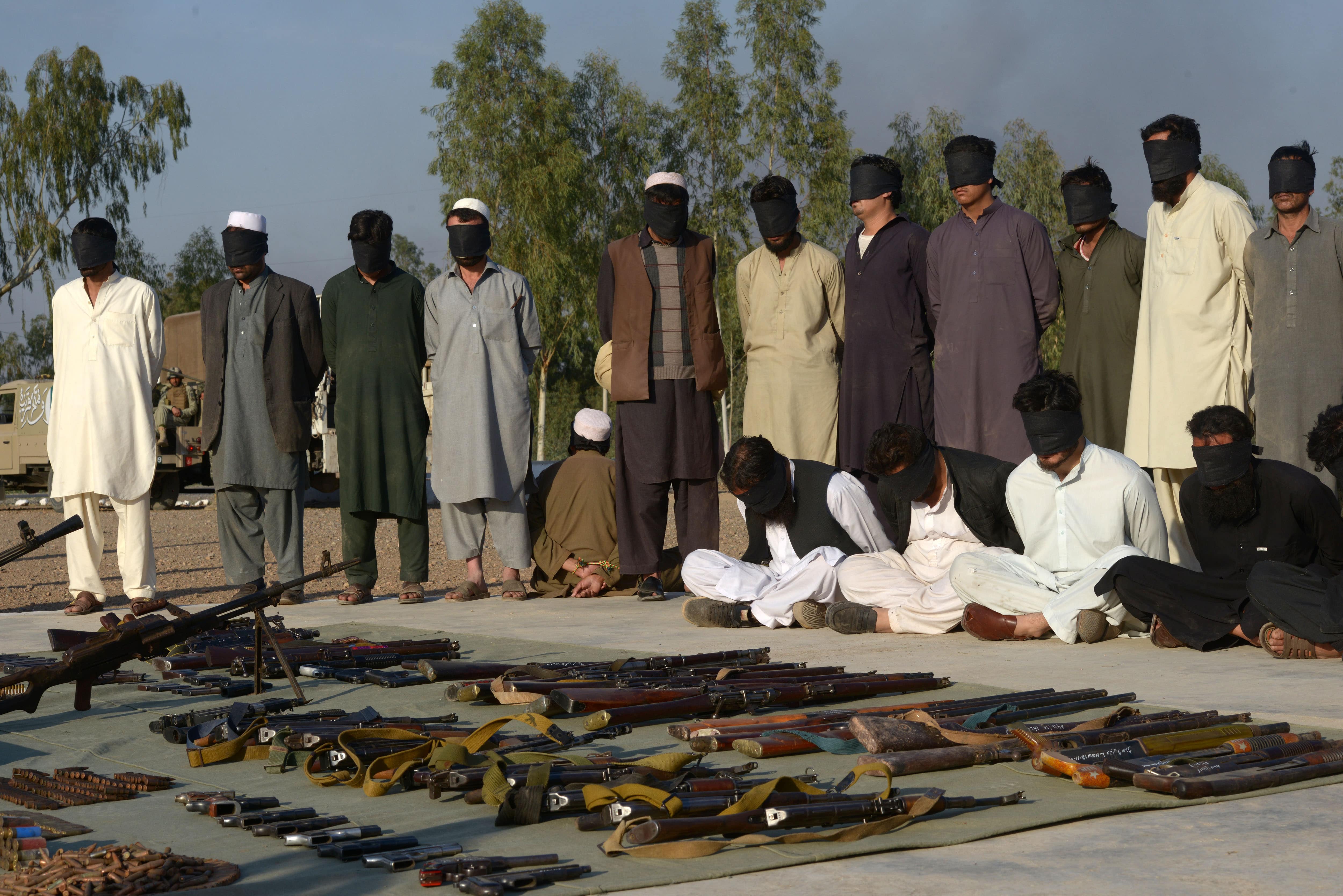
TTP’s emergence as a powerful force posed a serious challenge to Pakistan’s security. After its control of most parts of the FATA region, TTP extended its influence in some settled parts of Khyber Pakhtunkhwa (KPK) such as Swat which was only 170 Km from the country’s capital, Islamabad. The growing influence of the TTP alarmed the Pakistani political and military elite and generated a strong resolve to confront the insurgents’ threat seriously. In addition, Pakistani public also put pressure on the government to take stern action against TTP because of its heavy involvement in terrorism in Pakistan. The anti-TTP public mood provided the necessary support to the government to undertake serious military operations against Taliban insurgents.
Followed by a strong determination to counter the growing TTP threat, Pakistan’s military improved its counterinsurgency capabilities. Pakistani security forces were given counterinsurgency training and were equipped with modern counterinsurgency equipment. This helped them use force in a calibrated manner whereby they only targeted insurgents and significantly reduced collateral damages which was great improvement over previous counterinsurgency campaigns.
Pakistan’s military also followed a clear, hold and build model focused on destroying insurgents’ infrastructure and their hideouts by aerial bombing and launching ground forces to kill or capture them. Collateral damages were largely avoided by evacuating the local population before launching military operations. After gaining back the control of Taliban dominated areas, the military held the areas by deploying troops which effectively prevented the return of the insurgent forces. The previous counterinsurgency campaign mainly focused on clearing the areas from insurgents’ control without holding the areas which allowed the insurgents to stage a comeback. These clear and hold tactics were followed by the launch of development schemes to win the hearts and minds of the people. The building component of the counterinsurgency campaign partially helped to remove the grievances of the local population, something that helped to drift them away from insurgents’ influences. There is much to be done to address the long held grievances of the local people. Filling the gap of decades of lackluster development in the region is not an easy task. It requires consistent efforts and the adoption of multiple recourses by the government.
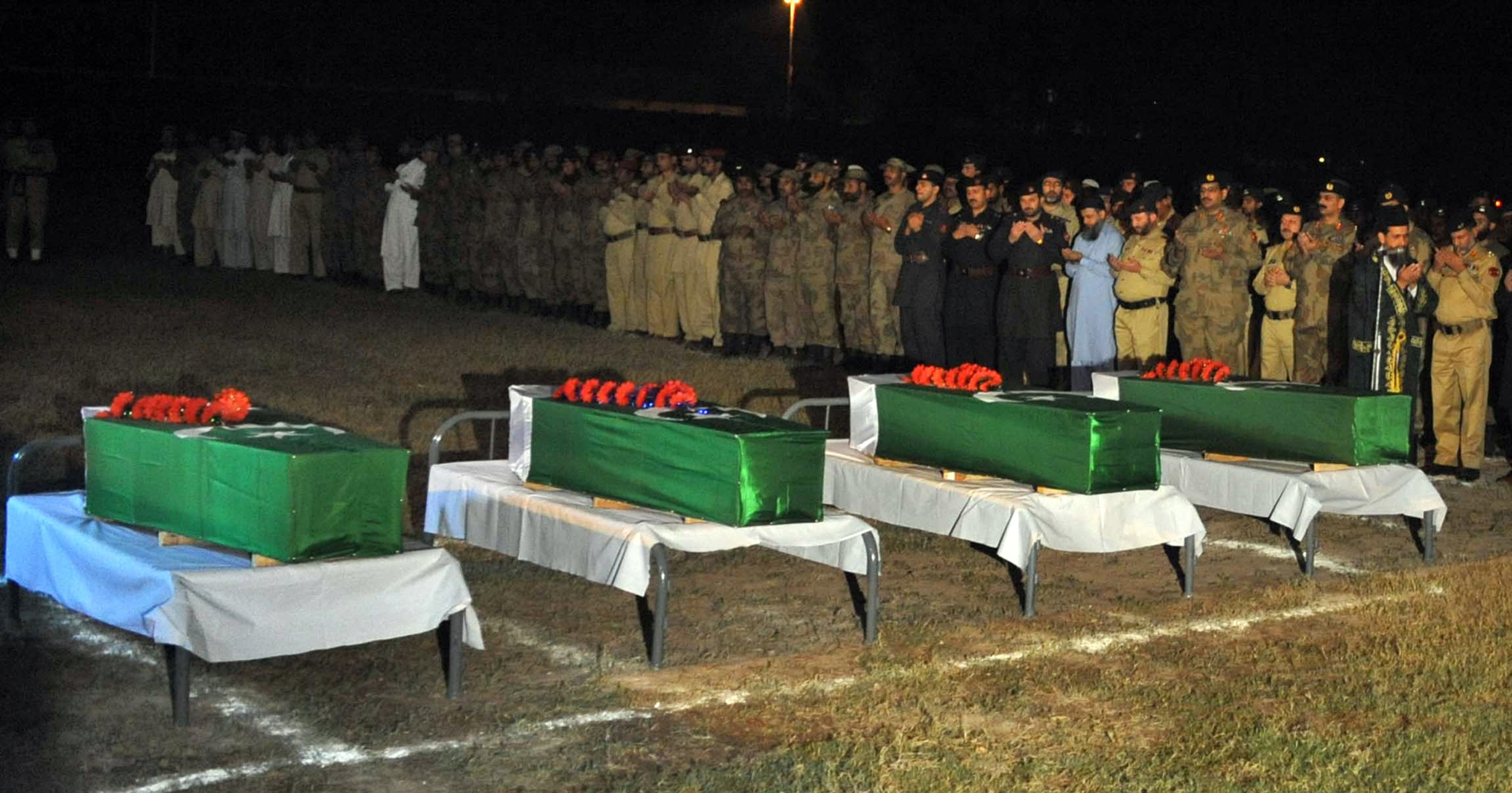
A range of strong and better counterinsurgency tactics enabled the government to destroy the TTP as an insurgent organization. After suffering territorial losses, TTP split into a number of factions. Most of the TTP members were killed, however, some of the leaders managed to escape the military assaults and took shelter in Afghanistan. From their hideouts in Afghanistan, TTP leaders have orchestrated terrorist attacks in Pakistan including the most infamous attack on the Army Public School, Peshawar, in December 2014 that killed 140 children and staff members. A faction of TTP, Jamaat ul-Ahrar, executed another terrorist attack at Wagah border, Lahore, in November 2015, killing 55 people. Mullah Mansoor’s faction of TTP, in early 2016, attacked the Bacha Khan University in Charsadda, twenty miles from Peshawar, killing twenty people including students and teachers. Territorial losses created deep frustration among TTP ranks which was quite evident in terrorist attacks campaign launched by TTP. Due to the estranged Pak-Afghan relations and most importantly Afghanistan’s lack of complete control over its territory, TTP got the breathing space.
Now that the TTP stronghold has successfully been broken, Pakistan government has integrated FATA with the neighbouring Khyber Pakhtunkhwa province through a constitutional amendment. This has ended the semi-autonomous status of the tribal areas bringing it, at least constitutionally, at par with the rest of Pakistan. Much more needs to be done for the socio-economic development in the region which had been neglected for decades. Addressing grievances of the people of FATA would effectively prevent them from rebelling against the state or falling prey to any anti-state organization. A sizeable number of Pakistan military troops would stay in FATA for a foreseeable future until the complete elimination of elements supportive of TTP as well as to ensure smooth integration of FATA into the rest of Pakistan.
Dr. Shahzad Akhtar is Assistant Professor at the School of Integrated Social Sciences, University of Lahore.






